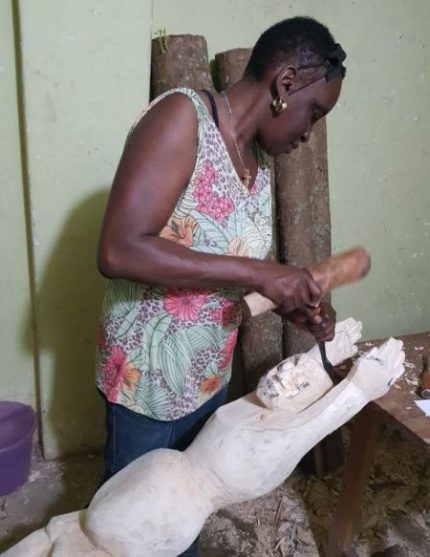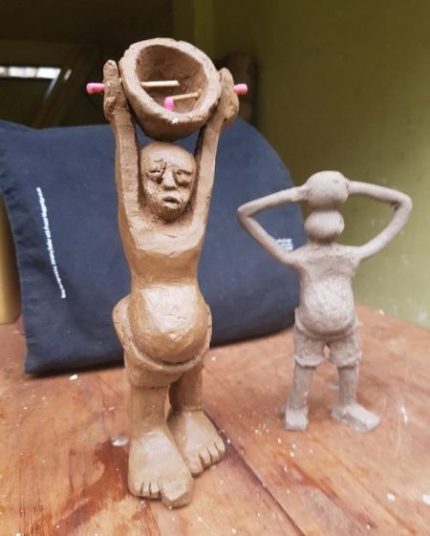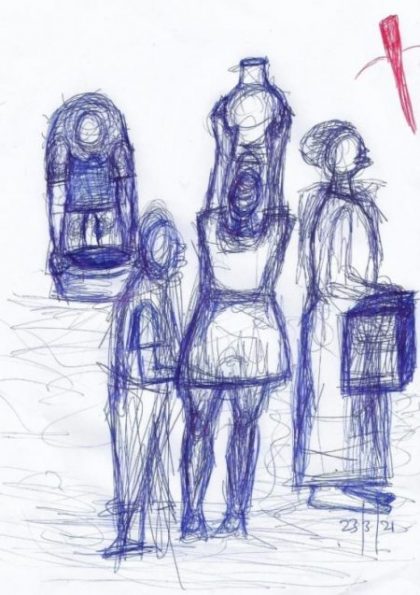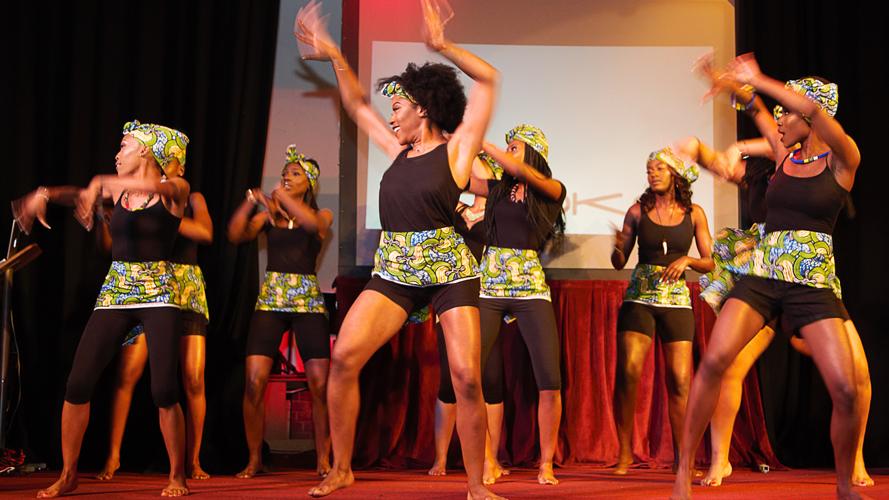We invited artists to produce works in conversation with recent research into how public health knowledge is understood and utilised in Uganda, Kenya, Malawi and Tanzania. Focussed on helminth infections in Africa, the Localised Evidence and Decision-Making project addresses social and public health concerns across a range of issues related to health, risk and responses to disease control measures.
In our first post in the series, Lilian M Nabulime writes about her sculptures that seek to raise awareness of schistosomiasis in the Uganda Great Lakes region.
Learn about the project Localised Evidence and Decision-Making (LEAD).
The LEAD research project’s exploration of infectious diseases, which observes and uses different forms of evidence to make decisions around disease control, relates to my artistic practice concerned with health, risk and response in Uganda. Similarly, as a practicing artist, I also study the social effects of disease, finding a visual means through which to increase community knowledge and thus reduce infections.
My sculpture practice consists of artistic forms made of hard or plastic materials worked into three-dimensional objects. These sculptural forms may be embodied in freestanding objects, reliefs on surfaces, or environments ranging from the representational to contexts that envelop the spectator. Although the LEAD study bears similarities with my previous research on HIV/AIDS, responding to work on schistosomiasis brings different challenges which may lead to new directions in my sculptural practices.

The artistic process
I first transcribed and analysed interviews with respondents in Panyimur, Pakwachi in Uganda to refine my artistic ideas on the transmission, infection and control of schistosomiasis. I found similar concerns to HIV transmission and acquisition, of which schistosomiasis is noted to increase risk, and the effects of rising water levels.
Water hyacinth plants have taken over many Lake Albert shores, which has meant boats cannot land easily, and fishing communities are greatly struggling. Due to the increased water level, latrines have also become submerged, which has led to the contamination of shores with faeces and an increase in schistosomiasis infections. Furthermore, because ‘snail mining’ (hunting snails in the waters) is a more lucrative livelihood than fishing, men and women have been pushed into infected waters. There is also a perception that medicine and medical facilities are poor and lacking, as people cannot afford to go to a major hospital Kapchora for testing and treatment.

size. Credit: Lilian Mary Nabulime.
The artistic process happens in several stages. I made sketches of the environmental and bodily things that relate to the disease. For example, the symptoms create deformed bodies with enlarged stomachs, and I wanted to show that when the disease is poorly or un-treated it disfigures body parts such as the, stomach, testicles, feet and liver. Other symptoms are harder to show like diarrhoea, bloody stools or vomiting.
To represent the snails that carry schistosomiasis in the waterways, I made them in modelling clay for the plaster of paris moulds and then completed them through a process known as ‘biscuit firing’. I collected materials such as fishing nets as a metaphor for the lakes and rivers as well as toilet pans to represent symbolically the defecation mode of transmission.

One of the most challenging issues is how to show the social issues of living with the disease, given sufferers of schistosomiasis are often isolated, in denial, stigmatised and discriminated against by their communities. To complete the sculpture, I will blend the social, bodily and environmental factors.
Who is the artwork for?
I have created sculpture to address health policymakers, practitioners, the Uganda Government, NGOs and researchers of schistosomiasis – people who can bring about positive change to the villages greatly affected by the disease. In particular, the work draws attention to the factors leading to increased numbers of infections, helping to create awareness and contribute towards preventative efforts. On a personal level, venturing into the field has exposed me to more risks and challenges affecting communities around the Great Lakes in Uganda than I expected.








Lilian’s concepts really reflect her study into health knowledge especially connected to the female. Her sculptures do raise the question of awareness within our communities.